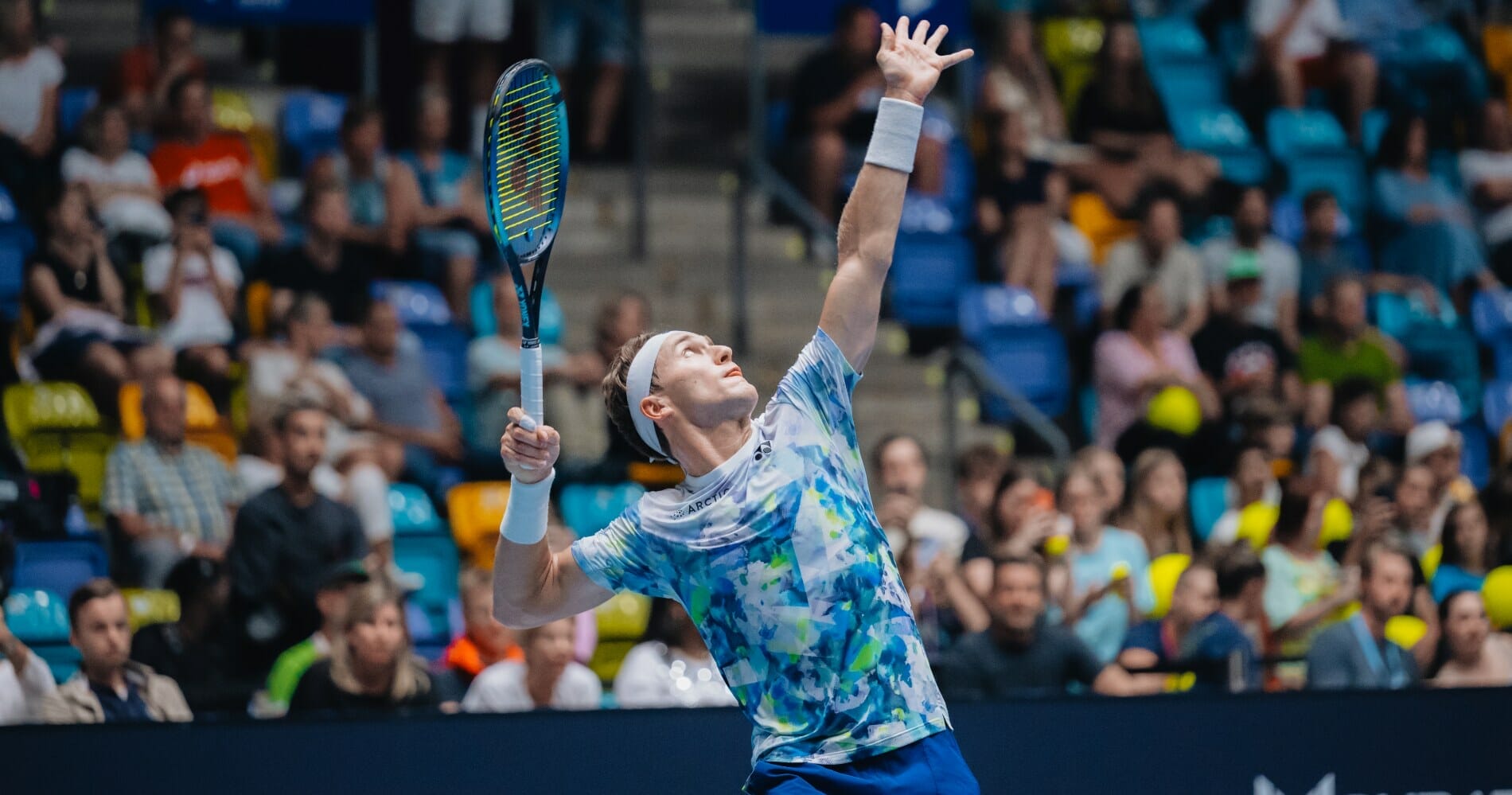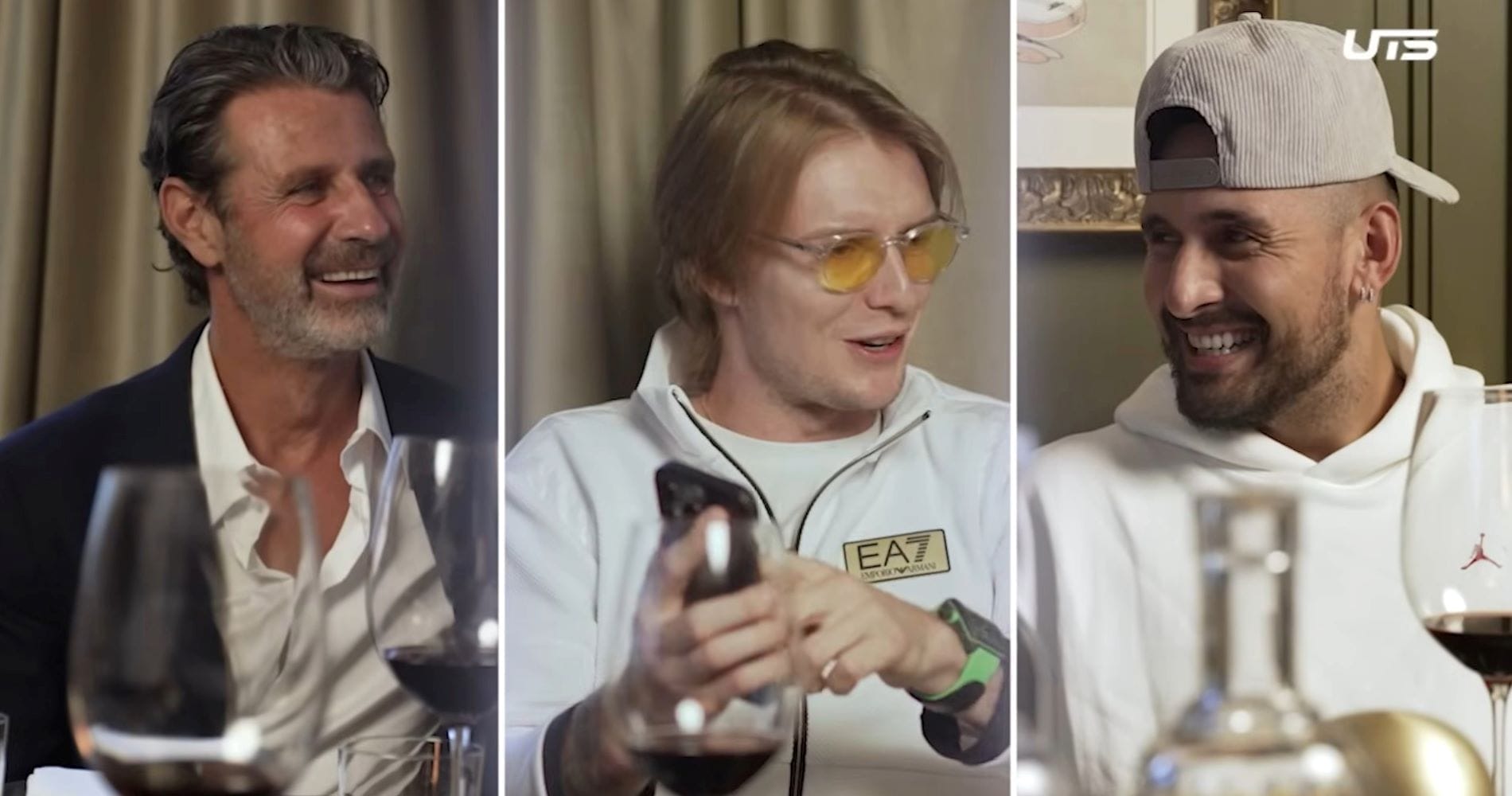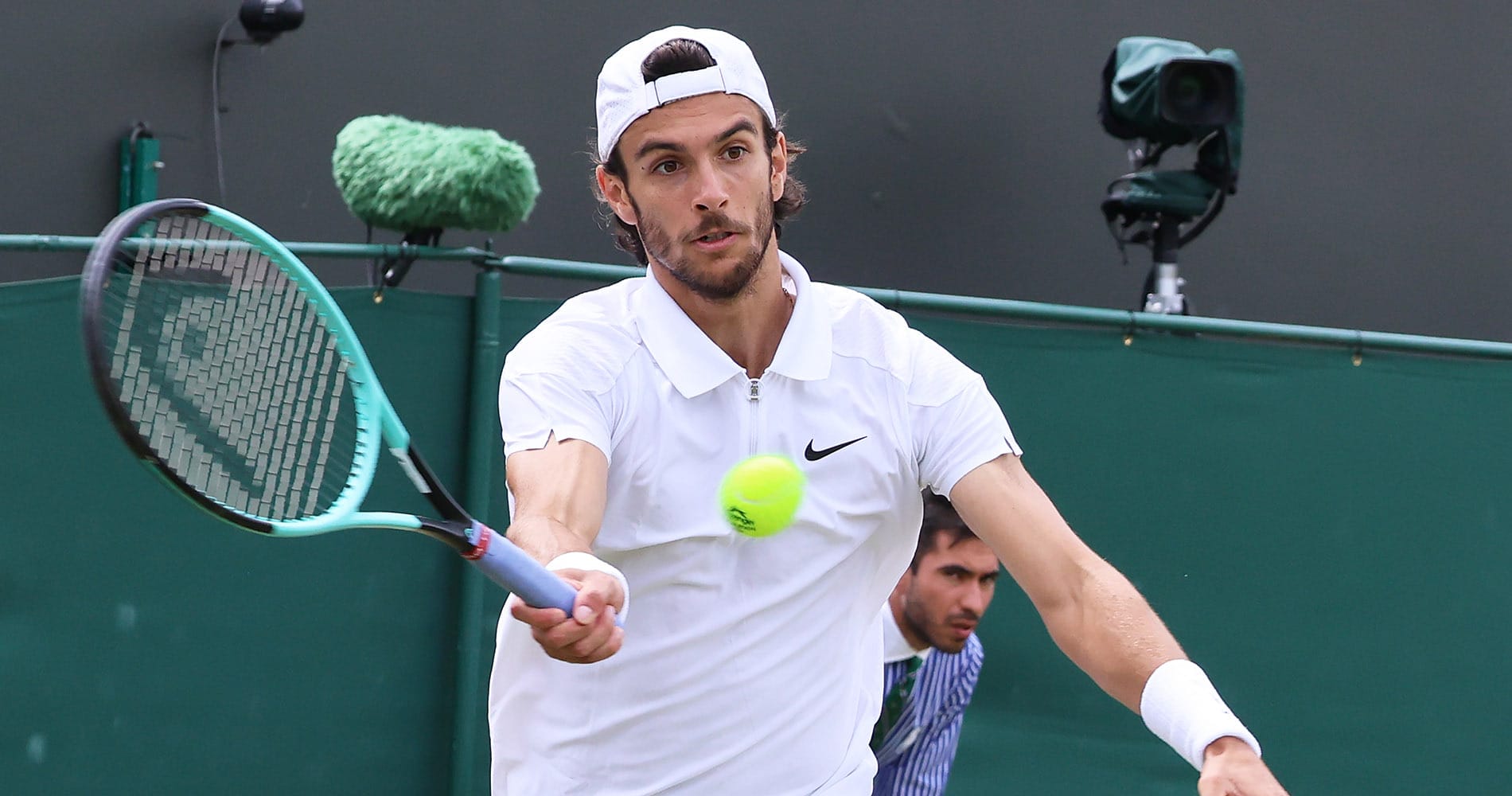Accuracy over speed: How players have adapted to the one-serve rule in UTS

One of the biggest differences for any player competing in UTS for the first time is the one-serve rule. Just ask big-servers like “The Rocket” Chris Eubanks and “The Bublik Enemy” Alexander Bublik.
In an attempt to speed up the pace of the game, which is a core principle of UTS, players receive only one serve. No faults. Miss it, and the point is lost.
When this rule was introduced, there was much conversation about the best way to approach serving in lieu of this change. Should players take pace off the serve and focus on accuracy? Or continue going for their first serve, trusting that it would still pay off?
With statistics out from the first two UTS events of the year, we can see that different players approached the serve differently, with mixed results.
Most players focusing on accuracy over speed
Unsurprisingly, taking away the second serve saw most players make a change to their first serve speeds, and focus on accuracy instead of pace.
As a result, seven players this year have a serve percentage of 90 percent or higher. Alexander “The Bublik Enemy” Bublik leads the charge with 95 percent of his serves made across the three matches he played in Los Angeles. Here’s a look at the leaders in serve accuracy this year:
- The Bublik Enemy – 95 percent
- The Great Wall – 93 percent
- El Peque – 93 percent
- Rublo – 93 percent
- The Hotshot – 93 percent
- Big Foe – 90 percent
- The Ice Man – 90 percent
These numbers are way up on the average ATP Tour first serve numbers. Players would be happy with anything above 60 percent most matches, with Sebastian Baez leading the Tour this year, having made 71.31 percent of first serves.
However, while accuracy is up, speed is down. The average serve speed in UTS this year is 146 km/h, well below what would be expected in traditional tennis, with first serves sitting around 190 km/h on average. Here’s a look at the average speed leaders in UTS this year:
- The Rocket – 166 km/h
- The Thunder – 160 km/h
- The Mountain – 158 km/h
- Big Foe – 150 km/h
- The Great Wall – 146 km/h
- The Hotshot – 144 km/h
- The Ice Man – 144 km/h
Christopher “The Rocket” Eubanks leads the UTS serve speed charts, landing them at an average of 166 km/h.
Interestingly, both the player with the most accurate serve (The Bublik Enemy) and the player with the fastest serve (The Rocket) failed to find much success in the UTS events they contested. Perhaps instead it’s about striking a balance.
More articles

Draw revealed: Tsitsipas completes field at UTS New York

Kyrgios, Bublik and Mouratoglou talk bad losses, who’s crazier and childhood dreams in latest ‘All on the Table’ episode

Benoit Paire shows why he is called The Rebel in Newport



